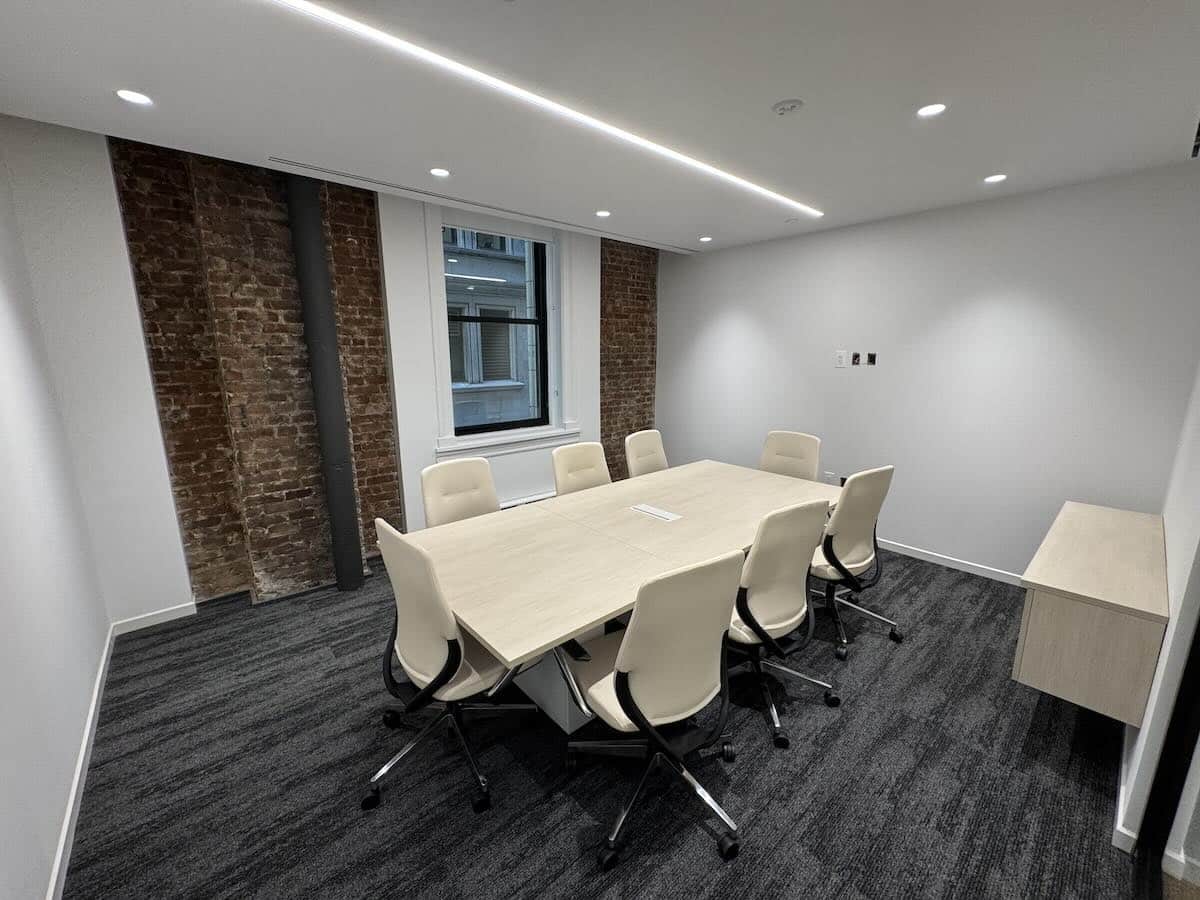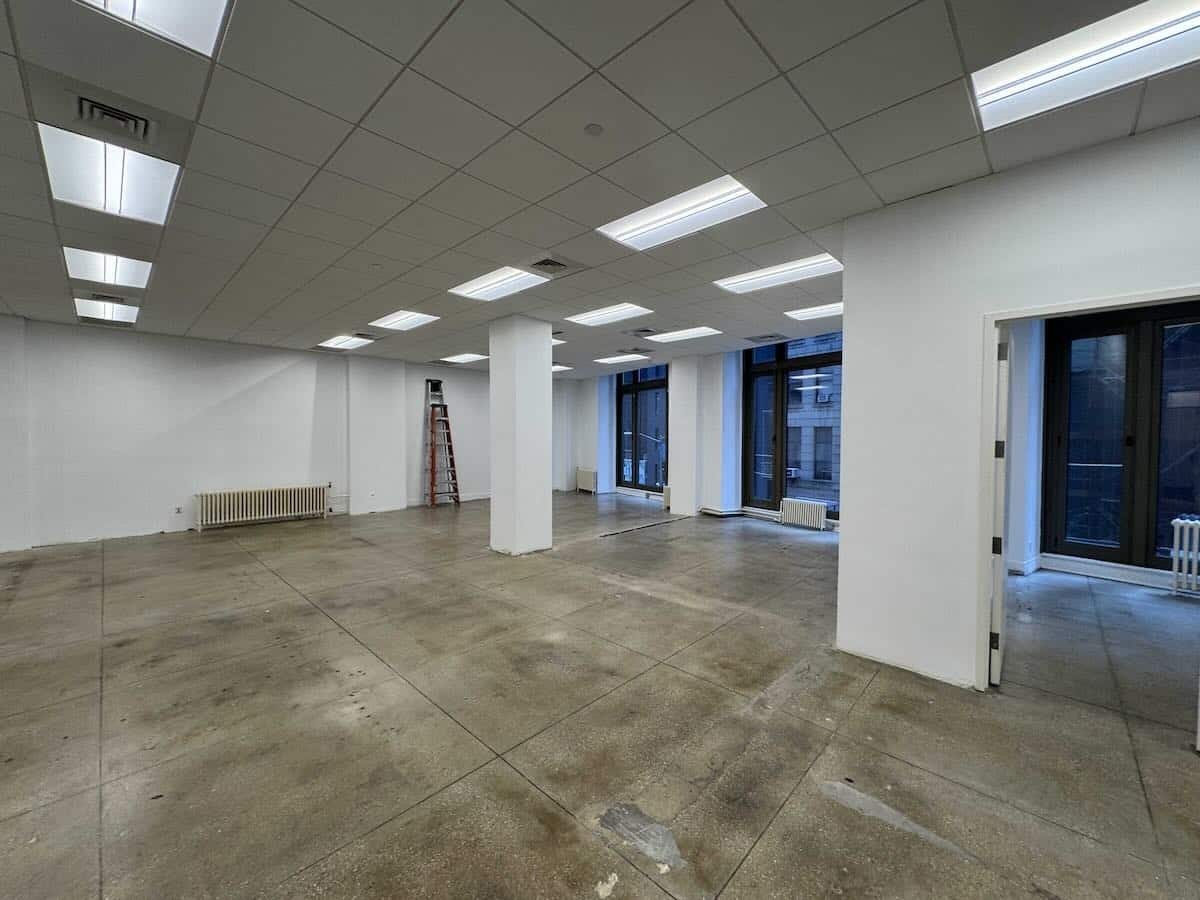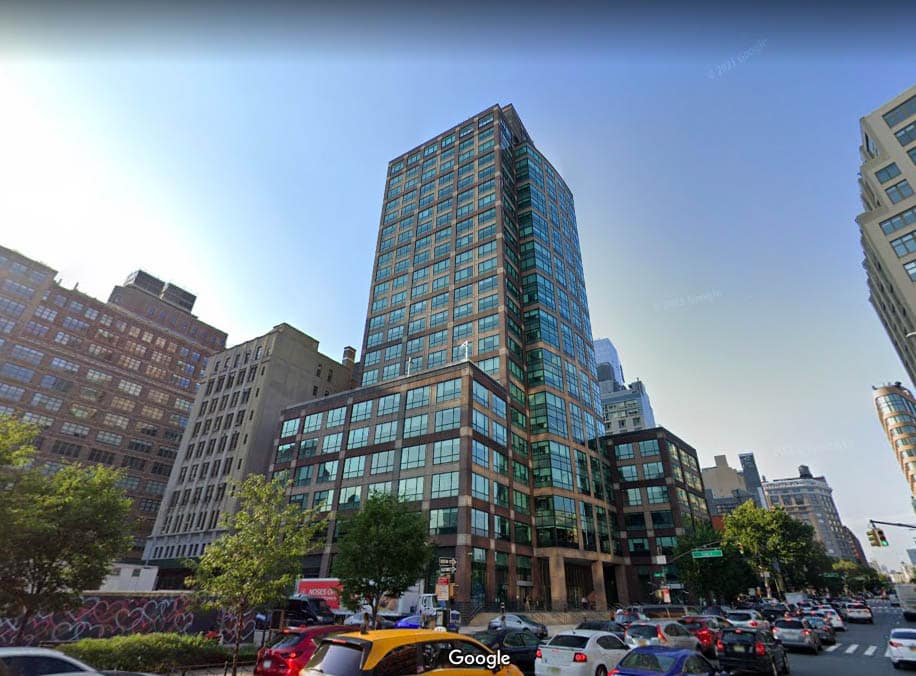The office rental market is undergoing an intriguing shift, marked by a significant trend: the rise of landlord concessions. Landlords, eager to fill their spaces, are sweetening the pot with offers that are hard to resist. From generous free rent periods to hefty tenant improvement allowances for office customization, these concessions are a game-changer. They’re a dream come true for tenants, offering unprecedented flexibility and savings. But here’s the twist – this trend isn’t just a one-way street of benefits. It’s also putting the brakes on the growth of effective rent, stirring a complex brew of market dynamics.
The Rise of Landlord Concessions
The world of commercial real estate has been changing, especially since the pandemic. Landlords are increasingly turning to concessions to draw in and keep tenants. It’s a smart move that benefits both sides: it makes leases more appealing to tenants and allows landlords to showcase higher base rents. Why does this matter? Well, these higher rents significantly aid landlords when seeking mortgages or other financial support for their properties, enabling them to demonstrate a higher base rent.
Current Trends and Statistics
The office rental market is witnessing a significant shift in landlord strategies, underscored by an uptick in concessions like free rent periods and tenant improvement allowances (TIAs). These incentives are increasingly central to lease negotiations across various classes of office properties. The most striking aspect, though? It’s a trend not confined to high-end spaces alone; tenants in more generic Class A and even tenants in Class B and Class C are now eligible for more free rent and build out allowances.
CBRE’s statistics provide a vivid illustration of this change. In the third quarter of 2023, allowances for Class A properties surged by 13% year-over-year, reaching an average of $98.05 per square foot. Similarly, Classes B and C weren’t far behind, with their TIAs rising by 10% to $85.99 per square foot.
Factors Driving the Increase in Concessions
So, what’s fueling this rise in landlord generosity? The answer lies in a confluence of factors, with high vacancy rates and the pursuit of long-term leases at the forefront.
- High Vacancy Rates Post-Pandemic: The office rental market has experienced significant vacancy rates in the aftermath of the pandemic. This excess supply has shifted the balance in favor of tenants, providing them with greater bargaining power in lease negotiations and compelling landlords to offer more attractive concession packages to fill empty spaces.
- Tenant Leverage in Negotiations: With more options available due to high vacancy rates, tenants have gained leverage in negotiating the terms of their leases. Landlords now have no choice but to use concessions to make their properties more appealing and competitive.
- Tenant Improvement Allowances (TIAs): TIAs allow tenants to customize office spaces to their specific needs, making them more attractive and fostering a sense of commitment. Landlords view this as a strategy to encourage long-term leases vital for stable cash flow and occupancy rates.
- Economic Uncertainties: The broader economy, marked by uncertainties, influences both landlords and tenants. Landlords are using concessions to mitigate these uncertainties by securing longer lease terms, which ensures a more predictable and steady cash flow.
- Tenant Demand for Flexibility and Customization: Modern tenants seek flexibility and customization in office spaces. Concessions like TIAs provide the means for tenants to tailor spaces to their evolving needs, making these concessions a critical factor in leasing office space.
Impact on Effective Rent Growth
While office rent growth certainly bears the consequences of increased landlord concessions, this shift is not uniform across all building classes or regions.
The Effect on Different Office Building Classes
Class A properties, the most desirable with premium amenities and locations, have seen a smaller decrease in effective rents compared to Classes B and C. According to CBRE’s data, effective rents for Class A+ and A buildings have decreased by about 1.2% since 2022. In contrast, Class B and C buildings generally lack the same amenities and prestige and have experienced a more significant decrease in effective rents, averaging around 3.9%.
You can attribute this discrepancy to the differing demand levels and competition among these classes. Class A buildings, despite the concessions, continue to attract tenants due to their superior offerings. Meanwhile, Class B and C buildings must offer more significant concessions to remain competitive, leading to a more pronounced reduction in their effective rents.
Regional Variations
Regarding office rent concessions, New York City stands out as the largest office market in the country. NYC’s landlords have been particularly generous with concessions, especially for top-tier properties. Between April 2020 and June 2023, large tenants (occupying 20,000 square feet or more) with leases of at least seven years received an average of 24% of their total rent as concessions, encompassing free rents and TIAs.
This trend, however, is not unique to New York. In Boston, 2023 saw landlords offering an average of 7.4 months of free rent, alongside TIAs averaging $109 per square foot. This rise in concessions corresponded with a significant 17.5% decrease in leasing activity. What’s more, it pushed the availability rate to 20.6%, the highest level since the Great Recession. Similarly, the Washington D.C. office market has witnessed a consistent increase in concessions over the past three years. In 2023, the average free rent duration in D.C. hit 26 months, with TIAs reaching $155 per square foot, contributing to a stagnation in rent growth in the region.
Tenant Perspectives and Market Dynamics
The surge in landlord concessions has created a new dynamic, heavily favoring tenants in many regions. However, the shift is not just about the immediate financial benefits but also about how these trends reshape the market in the longer term.
Short-Term Benefits for Tenants
From the tenant’s perspective, the immediate advantages of increased concessions are substantial. These benefits often include reduced upfront costs, thanks to free rent periods and financial assistance for office customizations through TIAs. Moreover, the current market conditions have shifted the bargaining power considerably in favor of tenants. With landlords eager to fill vacant spaces and maintain steady occupancy, tenants are more likely to negotiate lease terms. This shift is not just about cost savings; it’s about gaining leverage to secure more favorable lease terms, such as flexibility in lease duration and customization options for the leased space.
Long-Term Market Implications
Looking toward the future, the long-term effects of these concession trends on the office rental market are multifaceted:
- Normalization of Higher Concessions: The trend could lead to higher concessions becoming a standard in lease negotiations, altering perceptions of the ‘market rate’ for office spaces. This shift will likely cause the recalibration of effective rents to reflect the actual cost after concessions.
- Shift in Office Design and Utility: The increasing influence of tenants in the customization of office spaces, thanks to Tenant Improvement Allowances (TIAs), could lead to a more diversified office landscape. Offices might become more tailored to specific business needs.
- Impact on Financial Stability and Investment Strategies: The trend might compel landlords to reassess their investment strategies. With concessions impacting profit margins, a focus on properties that attract higher rents or require fewer concessions might become necessary.
- Evolution of Lease Terms and Conditions: The changes in concessions could lead to a change in lease terms and conditions, offering more flexibility and options to tenants.
- Adaptation in Tenant-Landlord Relationships: The dynamic between tenants and landlords is likely to evolve, with a greater emphasis on negotiations and long-term relationships.
Landlords’ Strategies and Challenges
We’ve spoken enough about tenants and their perspectives, but what about landlords? They face new challenges and opportunities, and adapting to current market conditions and balancing concessions with financial viability are vital for maintaining competitiveness and long-term success.
Adapting to the New Market Conditions
To remain competitive and attract tenants in the evolving office rental market, landlords are focusing on two primary strategies: high-quality build-outs and the development of spec suites. The first approach involves upgrading office spaces to cater to modern tenant preferences. It encompasses elements like contemporary design, advanced technology, and flexible layouts. Moreover, this strategy is particularly prevalent in markets such as Houston, where landlords of A-minus and B-plus office buildings with robust occupancies combine significant concessions with these quality improvements to secure long-term leases. It’s a prevalent practice in spaces from 2,000 to 5,000 square feet.
Simultaneously, landlords are increasingly developing spec suites—pre-built, fully equipped office spaces designed for immediate occupancy. These spec suites appeal to businesses seeking quick, hassle-free setups. They are particularly attractive for those looking for shorter lease terms. By offering these move-in-ready spaces, landlords cater to a growing demand for flexibility and convenience in office leasing. Those seeking leases of three to five years benefit most from this trend.
Balancing Concessions and Financial Viability
Concessions can eat into a landlord’s profit margins and directly impact net effective rents— the total rent cost minus any concessions. Thus, for landlords, maintaining a balance between attracting tenants with attractive concessions and ensuring the financial health of their properties is a delicate task.
This balancing act affects landlords’ ability to maintain or increase net effective rents. In some cases, landlords with properties under financial pressure, such as those with maturing loans or low occupancy, find themselves limited in their ability to offer concessions. For buildings that can afford to offer concessions, landlords are becoming more strategic, carefully considering the long-term impact of these concessions on their revenue streams.
Key Takeaways
The escalating trend of landlord concessions is a multifaceted story. On one hand, tenants are reaping the benefits of these concessions, enjoying more flexible, cost-effective, and customized leasing options. Yet, on the other hand, landlords face a delicate balancing act, as these incentives subtly erode the growth of effective rents. This evolving environment, marked by both opportunities and challenges, is not just a fleeting phenomenon but a signpost of a deeper transformation in the commercial real estate sector.
Looking ahead, the future of the office rental market appears poised on the cusp of further change. As the market adapts to new economic realities and shifting work cultures, we may witness a continued recalibration of leasing strategies and property valuations. The concessions trend could pave the way for more innovative leasing models and a redefinition of what ‘value’ means in commercial real estate.













